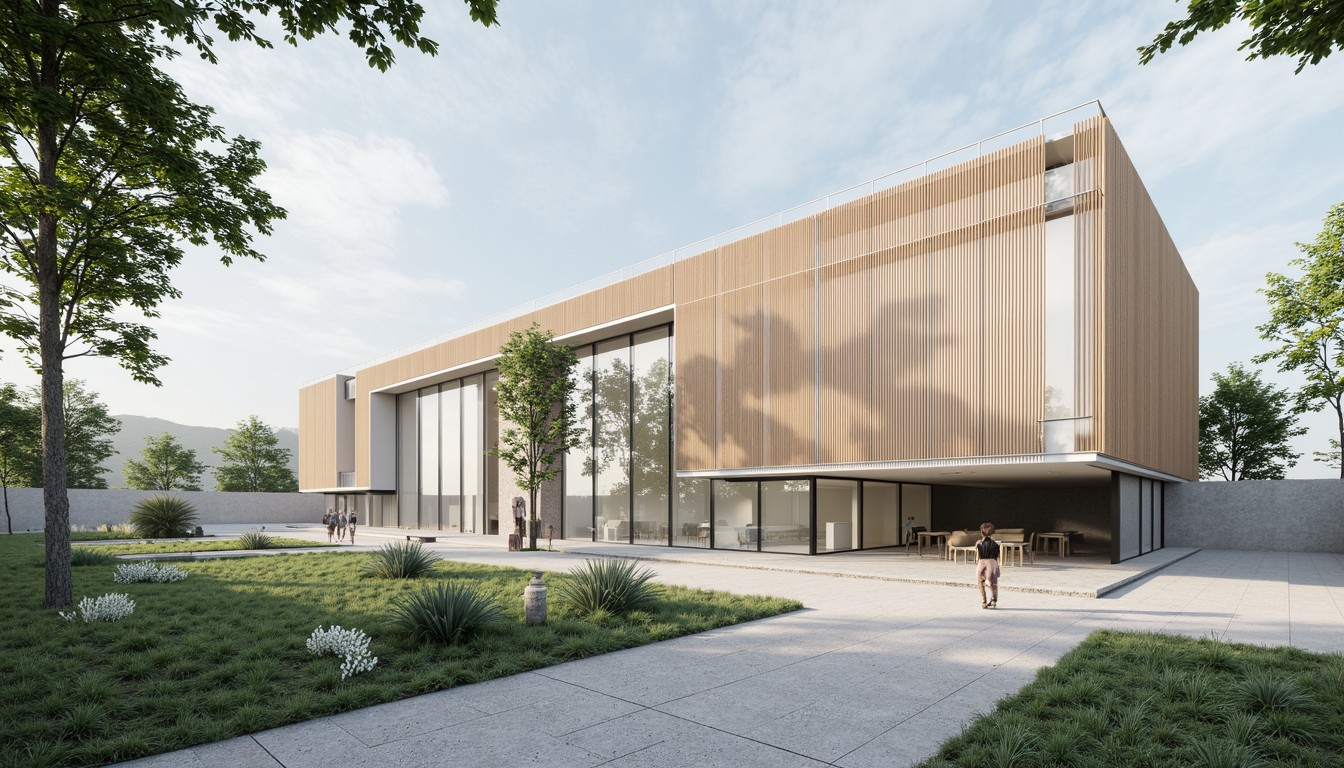Immersive Design: Revolutionizing Architecture with VR & AR
The architectural landscape is undergoing a dramatic transformation, driven by technological advancements that blur the lines between the physical and digital worlds. At the forefront of this revolution are Virtual Reality (VR) and Augmented Reality (AR), offering architects and their clients unprecedented opportunities for immersive design and collaboration. ArchNav is leading the charge, utilizing these technologies to deliver breathtaking visualizations and streamline the design process.
The Power of Virtual Reality (VR) in Architecture

VR offers a fully immersive experience, transporting users into a digital replica of a building or space. This allows architects to:
- Experience designs at scale: Walk through a virtual building, experiencing its dimensions, proportions, and spatial relationships firsthand. This provides a far more intuitive understanding than traditional 2D plans or renderings.
- Identify design flaws early: VR allows for the early detection of potential problems with spatial flow, lighting, and other design elements, saving time and resources later in the project.
- Enhance client collaboration: Clients can experience the design in a visceral way, providing valuable feedback and contributing to a more collaborative and efficient design process. This leads to greater client satisfaction and reduced revisions.
- Improve design communication: VR presentations are incredibly engaging and impactful, making it easier to communicate complex design ideas to clients, stakeholders, and building teams.
- Explore multiple design iterations: Quickly switch between different design options within VR, allowing for efficient comparison and selection of the optimal design.
Real-World Applications of VR in Architecture
VR's impact extends beyond visualization. Architects are utilizing VR for:
- Virtual walkthroughs for marketing and sales: Showcase completed projects or future developments in an engaging and memorable way.
- Construction simulations: Visualize the construction process, identifying potential logistical challenges and improving coordination among contractors.
- Accessibility assessments: Evaluate the accessibility of a design for people with disabilities, ensuring compliance with regulations and promoting inclusivity.
- Urban planning and design: Simulate the impact of new buildings or infrastructure on the surrounding environment.
Augmented Reality (AR) – Bridging the Physical and Digital Worlds

AR overlays digital information onto the real world, providing a unique blend of physical and virtual elements. In architecture, AR enables:
- On-site visualization: View a digital model of a building superimposed onto its physical location, allowing for a direct comparison and assessment of the design's fit within its context.
- Interactive design reviews: Collaborate on design revisions in real-time, using AR to annotate and modify the model directly on-site.
- Enhanced client presentations: Use AR to bring architectural models to life during client presentations, allowing for a more engaging and interactive experience.
- Construction guidance: Overlay digital instructions and information onto the physical construction site to assist workers and improve efficiency.
Real-World Applications of AR in Architecture
AR's practical applications are rapidly expanding, including:
- Interactive building tours: Enhance museum or heritage building tours with AR overlays providing historical information and context.
- Interior design visualization: Use AR to visualize furniture and fixtures within a space before making purchases, helping clients make informed decisions.
- Space planning and optimization: Use AR to experiment with different layouts and configurations within a physical space before making significant changes.
ArchNav: Your Partner in Immersive Architectural Visualization
ArchNav is at the forefront of integrating VR and AR into architectural design and visualization. We leverage the latest technologies and expertise to deliver unparalleled immersive experiences that:
- Enhance client engagement: Our immersive visualizations foster better communication and collaboration between architects and clients.
- Improve design quality: Early identification of design flaws through VR and AR leads to more refined and efficient designs.
- Streamline the design process: Our solutions accelerate the design process, saving time and resources.
- Boost project success: By providing a clearer understanding of the design, we contribute to greater client satisfaction and project success.
Contact ArchNav today to learn how we can transform your architectural visualization process with the power of VR and AR.
